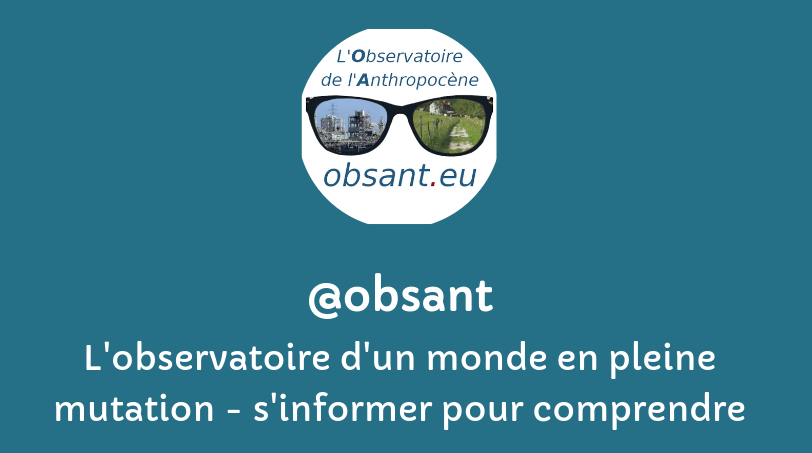Les champs auteur(e)s & mots-clés sont cliquables. Pour revenir à la page, utilisez le bouton refresh ci-dessous.
filtre:
climate
The UK has announced much harsher rules for asylum seekers including the prospect of more deportations for those whose applications fail. The US is trebling the size of its deportation force. The EU is doubling its border budgets. And in the coming decades, hundreds of millions of people might be displaced by ecological changes.
Budgets are now climate policy. But mainstream media hasn’t caught up.
Exclusive: UCL scientists find large swathes of southern Europe are drying up, with ‘far-reaching’ implications
I always say that models are not predictions; they are qualitative illustrations of what the future could be. But as the future gets closer to the present, models can start being seen as predictive tools. It is the weather/climate dichotomy, so aptly exploited to confuse matters by politically minded people in the discussion about climate. Right now, we are getting close to the point that we could forecast a collapse in the same way as we can forecast the trajectory of a tropical storm. So, you remember how “The Limits to Growth” generated a long term forecast in 1972. Here it is
The growth rate of greenhouse gas (GHG) climate forcing increased rapidly in the last 15 years to about 0.5 W/m2 per decade, as shown by the “colorful chart” for GHG climate forcing that we have been publishing for 25 years (Fig. 1).[1] The chart is not in IPCC reports, perhaps because it reveals inconvenient facts. Although growth of GHG climate forcing declined rapidly after the 1987 Montreal Protocol, other opportunities to decrease climate forcing were missed. If policymakers do not appreciate the significance of present data on changing climate forcings, we scientists must share the blame.
Rain-fed agriculture, the backbone of rural livelihoods, are no longer predictable as droughts follows floods.
Exclusive interview with ex-US vice-president at Cop30 also reveals his hope around much-maligned climate summit
We are hurtling toward climate chaos. The planet's vital signs are flashing red. The consequences of human-driven alterations of the climate are no longer future threats but are here now. This unfolding emergency stems from failed foresight, political inaction, unsustainable economic systems, and misinformation. Almost every corner of the biosphere is reeling from intensifying heat, storms, floods, droughts, or fires. The window to prevent the worst outcomes is rapidly closing. In early 2025, the World Meteorological Organization reported that 2024 was the hottest year on record (WMO 2025a). This was likely hotter than the peak of the last interglacial, roughly 125,000 years ago (Gulev et al. 2021, Kaufman and McKay 2022). Rising levels of greenhouse gases remain the driving force behind this escalation. These recent developments emphasize the extreme insufficiency of global efforts to reduce greenhouse gas emissions and mark the beginning of a grim new chapter for life on Earth.
James Hansen - Climate Reckoning in ATLAS25, Operaatio Arktis, Helsinki, Finland
Money talks – and his essay denouncing ‘near-term emissions goals’ at Cop30 mostly argues the case for letting the ultra-rich off the hook
Decision by international court of justice hailed as a gamechanger for climate justice and accountability
Gates recently called for a ‘strategic pivot’ in climate strategy. That appears to have hit a nerve.
The 2024 ‘State of the climate’ report says climate scientists are more worried than ever and calls for ‘transformative science-based solutions across all aspects of society.’
22 of the planet’s 34 vital signs are at record levels, with many of them continuing to trend sharply in the wrong direction. This is the message of the sixth issue of the annual “State of the climate” report. The report was prepared by an international coalition with contribution from the Potsdam Institute for Climate Impact Research (PIK) and led by Oregon State University scientists. Published today in BioScience, it cites global data from the Intergovernmental Panel on Climate Change (IPCC) in proposing “high-impact” strategies.
Exclusive: ‘Devastating consequences’ now inevitable but emissions cuts still vital, says António Guterres in sole interview before Cop30
Dr Luke Kemp is a Research Associate at the Centre for the Study of Existential Risk, University of Cambridge. He has a PhD in international relations from the ANU and previous experience as a senior economist at Vivid Economics. This episode explores catastrophic and extinction risk, why the topic is understudied, and how we can weigh out the catastrophic risks of climate change and solar geo-engineering.
We already have plenty of evidence of what happens when things better left to governments — which in this case might decide to never flip the switch at all — are ceded to private industry.
Researchers have discovered dozens of new methane seeps littering the ocean floor in the Ross Sea coastal region of Antarctica, raising concerns of an unknown positive climate feedback loop that could accelerate global warming.
Ahead of the United Nations climate talks in Brazil, advocacy groups are pushing for companies and governments to set meaningful emissions targets to lower emissions from livestock.
Five of the seven breached planetary boundaries are linked to food systems. By transforming production and adopting a “planetary health diet,” we can halve food-related climate emissions and prevent millions of deaths, according to the 2025 EAT-Lancet Commission.
![]()



